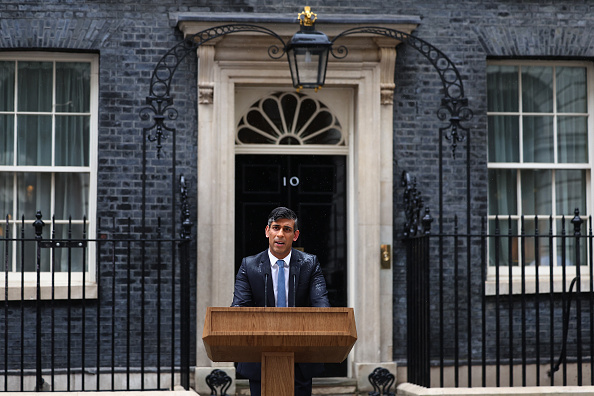The advice body is calling on employees who get through more than 22 pages a day to do more to combat waste.
Mary Leonard, director of Envirowise, says, ‘Unnecessary printing of emails, multiple copies, single-sided printing and the sending of massive documents to the printer which are unlikely to be read, are just some of the regular scenarios lived out by businesses every day as a result of “accidental printing.”
‘Most offices will find they can reduce waste costs by around 20 per cent through simple no- or low-cost actions. Measures such as double sided or multiple page printing and recycling instead of paying for disposal can really help.’
Envirowise says the true cost of waste can be between five and ten times the cost to a business of disposing of it.
UK wastes £1 billion on printing
More than £1 billion a year is wasted across the UK through inefficient business printing, says a new economic impact study.
The findings reveal that a staggering £16.7 billion is spent annually in the UK on printing – equivalent to the GDP of Cuba – and that within this activity the scale of waste is so great that ‘leading economists’ believe it is hampering business growth, reducing productivity and damaging the UK’s economy.
The report, ‘Outsourced Printing – A Waste of Paper’ was produced by OKI Printing Solutions and research consultancy cebr (Centre for Economics and Business Research). It reveals that savings of between £900 million and £1 billion a year could be made across both public and private sectors by simply reducing outsourced printing and by more fully utilising the capabilities of office printers. Currently, firms spend around £5.3 billion a year on outsourced printing and £11.4 billion printing materials in-house.
Douglas McWilliams, chief executive at cebr, comments: ‘Simply improving the organisation of printing – currently regarded as a relatively small area of business management – could yield productivity benefits of as much as £1 billion a year, amounting to some 0.1 per cent of National Income: enough to have a real knock-on effect for the whole UK economy, as well as individual businesses.’
Chris Gill, managing director of OKI Printing Solutions, comments: ‘An obvious way for companies to reduce printing costs is to stop all unnecessary outsourced printing – of which over 20 per cent is never even used and then thrown out. We want people to realise that they can easily, speedily and efficiently design and print items themselves such as business cards, corporate brochures, promotional banners and financial reports, while keeping an accurate control of costs.
‘Making sure the basics are right is key. This means refreshing your knowledge on all the features of your printers, ensuring they are correctly set up to minimise time and paper wastage, calling a halt to outsourced printing which should be done in-house, using ‘mono’ when documents don’t need to be in colour, and using ‘duplex’ for printing on both sides. All this could save an average business thousands of pounds a year in ink, toners, paper and their time, while delivering a better service.’





